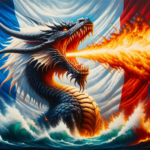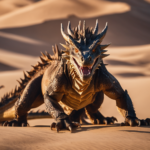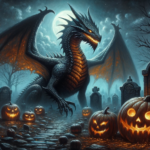Introduction
Dragons have long been a subject of fascination and fear in mythology, literature, and popular culture. These majestic, fire-breathing creatures have been portrayed in various ways, from benevolent protectors to ruthless, destructive beasts. The question of whether dragons are good or bad is a complex one, as their nature and intentions often depend on the context and the storyteller. In this article, we will explore the multifaceted world of dragons and the various interpretations of their moral alignment.
Dragons as Guardians
In many cultures, dragons are revered as symbols of wisdom, power, and protection. They are often depicted as benevolent beings that guard treasure, sacred sites, or even entire realms. For instance, in Chinese mythology, the Dragon is a symbol of strength and good fortune. It is believed to bring rain, ensuring bountiful harvests and preventing droughts. Similarly, in Welsh mythology, dragons were associated with the protection of the land.
In literature and fantasy, dragons like Smaug from J.R.R. Tolkien’s “The Hobbit” or the dragons in the “Eragon” series by Christopher Paolini are portrayed as complex creatures. While they might hoard treasure, they are not inherently evil but rather powerful beings with their own motivations and personalities. These dragons can form bonds with humans and even assist in noble quests, blurring the lines between good and bad.
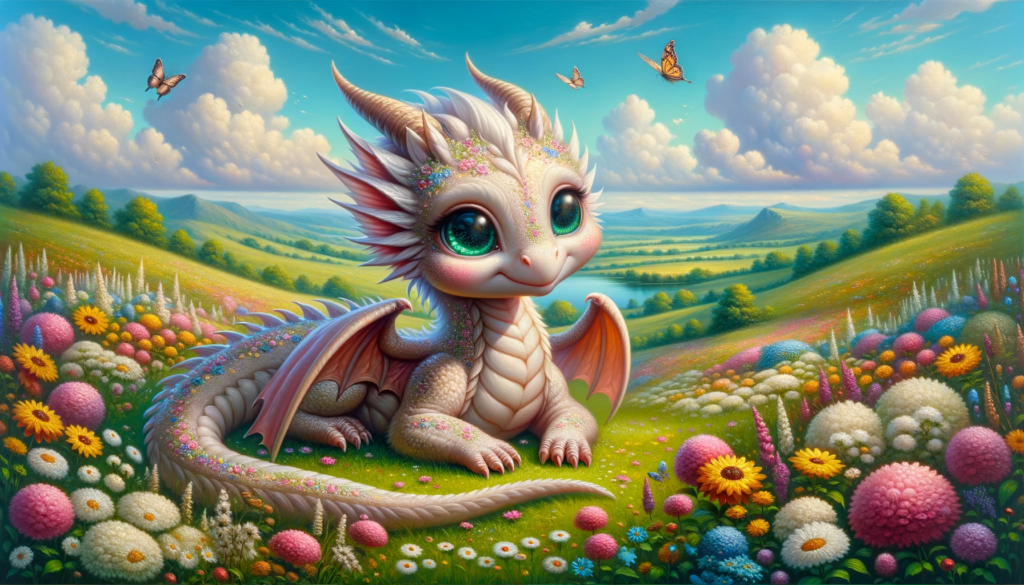
Dragons as Villains
On the other hand, dragons have also been cast as formidable adversaries in numerous stories. The archetype of the dragon as a malevolent creature guarding a treasure hoard is deeply ingrained in Western literature, with tales like the legend of Saint George and the Dragon serving as a classic example. In these stories, dragons are often seen as symbols of greed and chaos, representing the darker aspects of human nature.
In many fantasy novels and films, dragons are depicted as fearsome antagonists, such as the dragon Smaug from J.R.R. Tolkien’s “The Hobbit” or the Hungarian Horntail in the Harry Potter series. These dragons are portrayed as destructive forces that pose a threat to the protagonists and must be defeated to restore peace. In these contexts, dragons are unequivocally bad.

The Grey Area: Moral Ambiguity
Some stories intentionally blur the line between good and evil when it comes to dragons. These narratives explore the idea that morality is not always black and white. For instance, in Ursula K. Le Guin’s “Earthsea” series, dragons are portrayed as enigmatic and unpredictable creatures. They can be both allies and adversaries, challenging the characters and readers to question their assumptions about good and evil.
Similarly, the television series “Game of Thrones” featured dragons as powerful and awe-inspiring creatures under the command of Daenerys Targaryen. While they were used to devastating effect in battle, they also symbolised hope and liberation for some. The dragons’ moral alignment in the series is a matter of debate, reflecting the complexity of their role in the story.
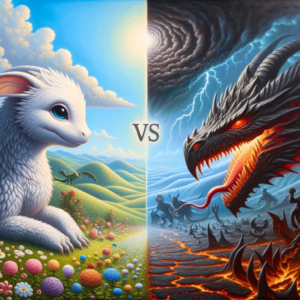
Conclusion
The question of whether dragons are good or bad ultimately depends on the context in which they are portrayed. Dragons are versatile creatures in mythology, literature, and popular culture, and their moral alignment is often shaped by the narrative’s needs and themes. They can represent both the light and dark sides of human nature, and their portrayal can challenge our preconceived notions of good and evil. Ultimately, dragons are a reflection of the storyteller’s imagination and the broader cultural and literary traditions in which they exist, making them one of the most enduring and intriguing mythical creatures of all time.
For more dragon content please subscribe to the Everything Dragon YouTube Channel or follow us on Instagram


